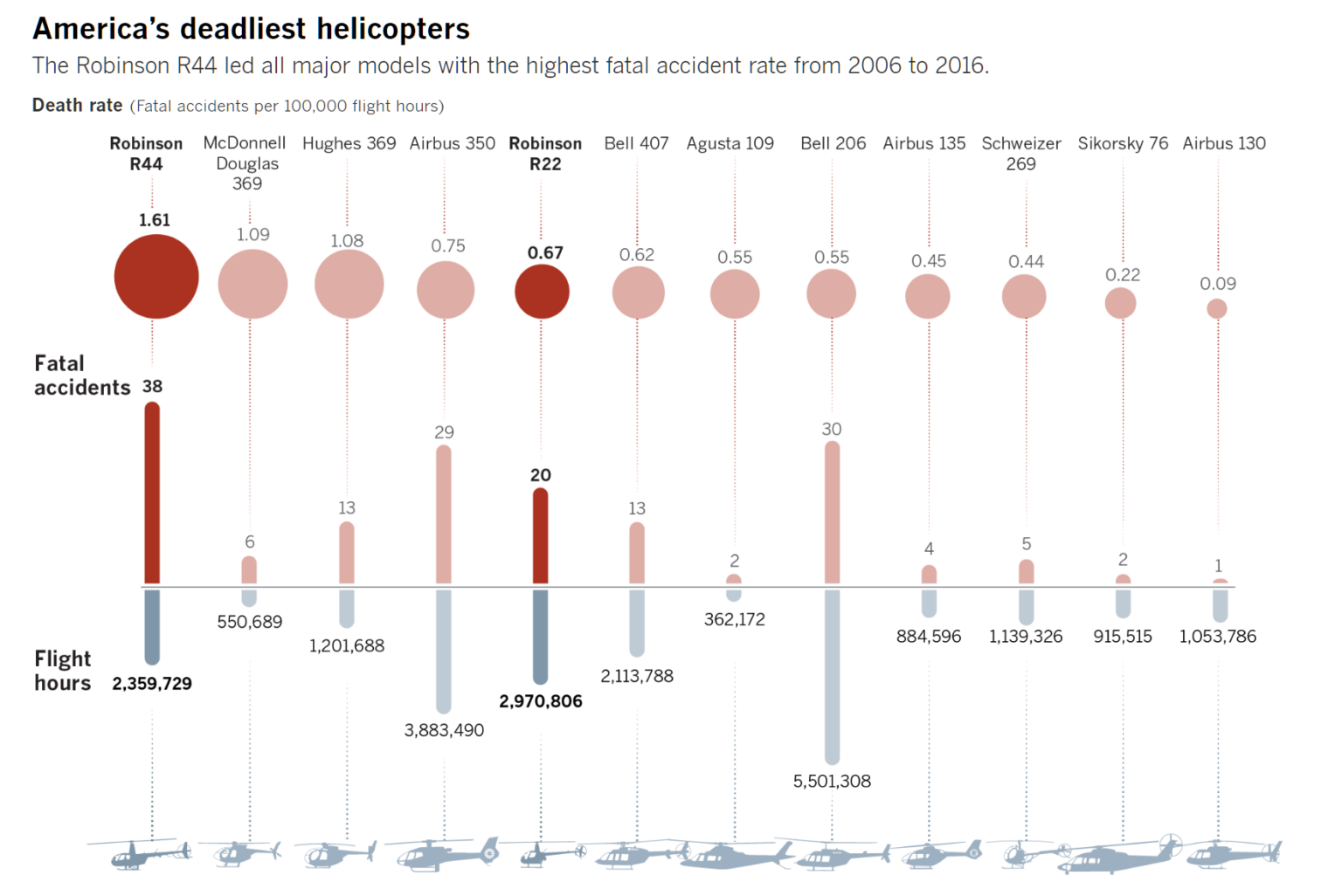Illustration of the value of a good criminal defense lawyer
“Cops worked to put serial sex abuser in prison. Prosecutors worked to cut him a break” (Miami Herald) seems intended to provoke outrage among readers (the three-article series is titled “Perversion of Justice”). I wouldn’t expect criminal defense lawyers to complain, however, as the article shows the value of hiring the right attorney.
It was Epstein’s contacts with powerful and famous people that first propelled him into the public spotlight. In 2002, he flew former President Bill Clinton, actor Kevin Spacey, comedian Chris Tucker and others to South Africa on his private jet as part of a fact-finding AIDS mission in support of the Clinton Foundation.
But Epstein, a Clinton donor who contributed hundreds of thousands of dollars to Democratic candidates and causes, realized that his Democratic connections weren’t going to help him in 2006, when the federal prosecutor was Acosta, a conservative Republican appointed during the George W. Bush administration.
The story is too involved to summarize, but the alleged perpetrator hires the right lawyers for the job and the Feds begin to see the allegations (paying teenagers to have sex) in a softer light:
Assistant U.S. Attorney A. Marie Villafaña was the lead prosecutor on the Jeffrey Epstein case and seemed at times to want to minimize the severity of the potential charges. In one email to a lawyer for Epstein, she wrote: ‘I’ve been spending some quality time with Title 18 [the U.S. criminal code] looking for misdemeanors.’
“How a future Trump Cabinet member gave a serial sex abuser the deal of a lifetime” (same series) features a photo of the defendant’s Gulfstream, N212JE, a 2007 G550 registered to a Virgin Islands LLC. (Score a victory for Gulfstream’s PR agency; the word “Gulfstream” does not appear in the article. The G550 is instead characterized only as a “private plane” despite its centrality to the case, in which flight logs were pulled and on which sex that violates U.S. law may have been purchased.
Not only would Epstein serve just 13 months in the county jail, but the deal — called a non-prosecution agreement — essentially shut down an ongoing FBI probe into whether there were more victims and other powerful people who took part in Epstein’s sex crimes, according to a Miami Herald examination of thousands of emails, court documents and FBI records.
The pact required Epstein to plead guilty to two prostitution charges in state court. Epstein and four of his accomplices named in the agreement received immunity from all federal criminal charges. But even more unusual, the deal included wording that granted immunity to “any potential co-conspirators’’ who were also involved in Epstein’s crimes. These accomplices or participants were not identified in the agreement, leaving it open to interpretation whether it possibly referred to other influential people who were having sex with underage girls at Epstein’s various homes or on his plane.
Instead of being sent to state prison, Epstein was housed in a private wing of the Palm Beach County jail. And rather than having him sit in a cell most of the day, the Palm Beach County Sheriff’s Office allowed Epstein work release privileges, which enabled him to leave the jail six days a week, for 12 hours a day, to go to a comfortable office that Epstein had set up in West Palm Beach. This was granted despite explicit sheriff’s department rules stating that sex offenders don’t qualify for work release.
So the guy with the dream legal team serves roughly the same amount of prison time as would someone in Massachusetts convicted of questioning a person with XY chromosomes who was entering the locker room reserved for “women” and “girls” (punishable by up to a year in jail).
Full post, including comments